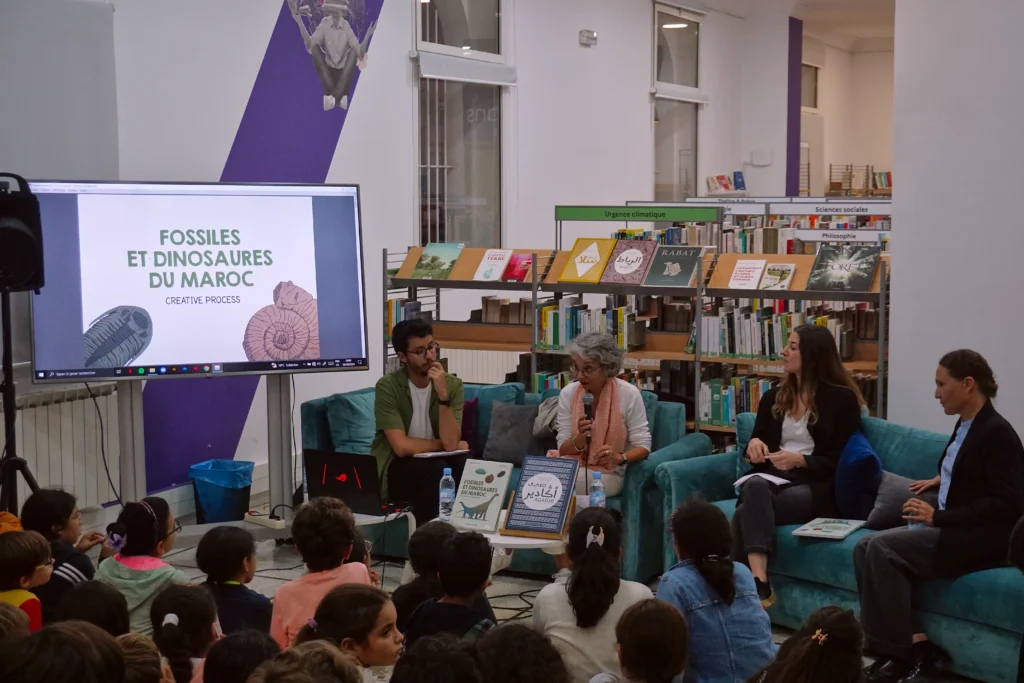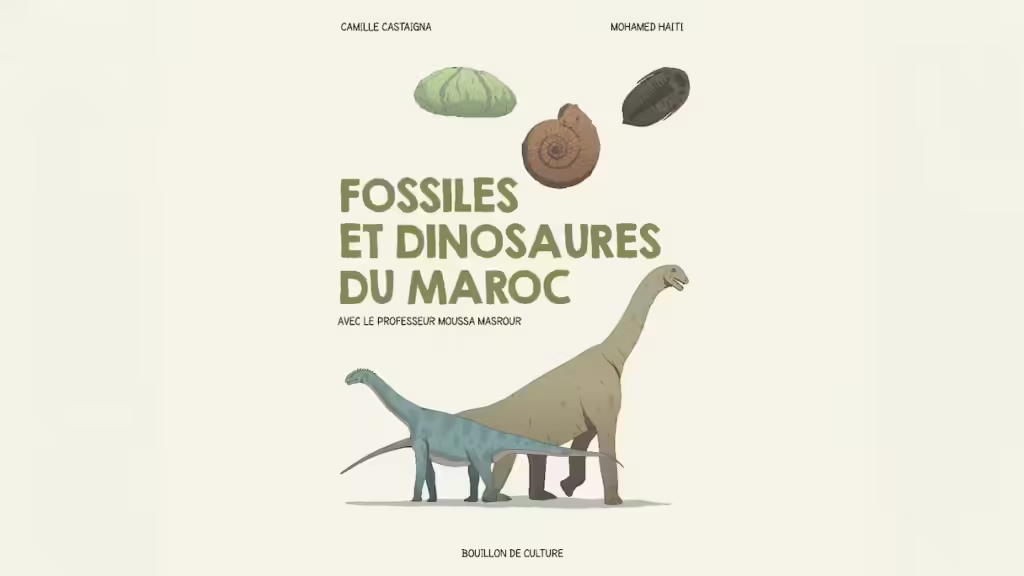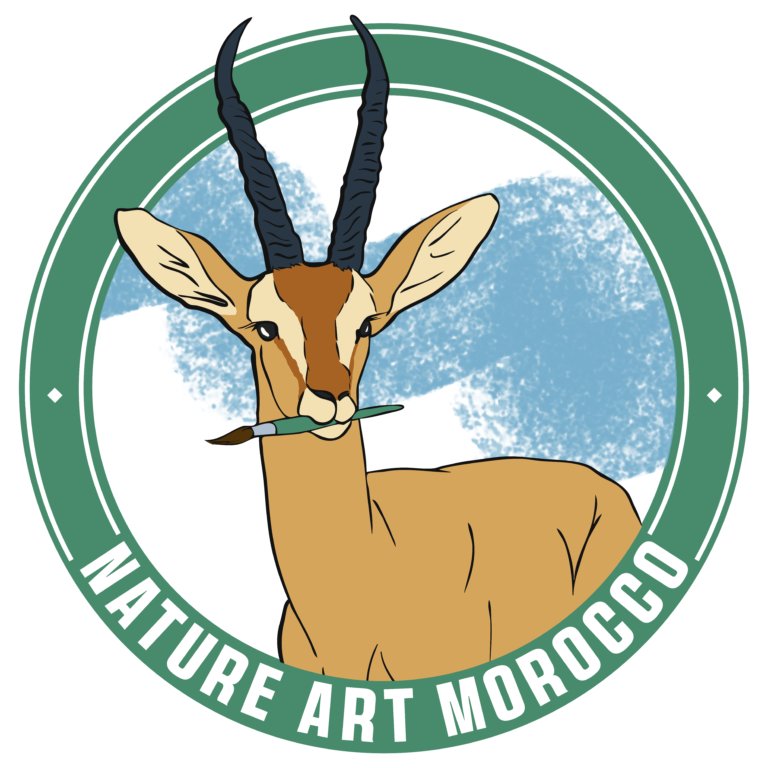
On October 18th, at the “Médiathèque de l’Institut Français de Rabat”, a literary meeting took place to discuss the latest release from Bouillon de culture: a comic book titled “Fossiles et Dinosaures du Maroc”. For anyone who eagerly combs through the science and comic book sections in local bookstores, this release is a true milestone—a first of its kind. Written by Camille Castaigna, under the scientific supervision of Professor Moussa Masrour, and brought to life with illustrations by Mohamed Haïti and the editorial expertise of Rita Baddou, this work represents a significant addition to Moroccan literature. Comic books focused on scientific themes are virtually absent in the local literary scene, making this publication especially noteworthy.

What sets “Fossiles et Dinosaures du Maroc” apart is its use of the comic book medium to convey scientific ideas. The publishing house, known traditionally for producing, “beaux livres” as described by Salima S. El Mandjra, ventured into new territory with this release. Comics are rarely associated with scientific publications in Morocco, making this approach an innovative and daring move to present paleontology to the public. The literary meeting provided a platform to delve into this creative choice, sparking discussions about how comics can effectively balance scientific accuracy with engaging visuals, and how this shift from tradition might pave the way for new methods of educating and engaging readers.

Through its visual storytelling, “Fossiles et Dinosaures du Maroc” captivates readers of all ages, transforming complex scientific ideas into content that is both accessible and engaging. The story begins in Akrache, one of Morocco’s renowned fossil excavation sites, where the protagonist, Professor Moussa Masrour, encounters “Nite“, an inquisitive ammonite fossil with an insatiable curiosity. Their dialogue pulls readers into the world of plate tectonics, fossilization process, the geologic time scale, and other fascinating scientific concepts. These dynamic exchanges explore Morocco’s paleontological wealth, making the material entertaining and approachable for a wider audience. As Camille Castaigna noted, the challenge lay in presenting intricate scientific topics in a clear and accessible way, all while keeping the context authentically Moroccan. The team, who spent three years on this project, agreed that the comic format was the perfect medium to fulfill these educational and narrative goals.

A discussion of a comic book would be incomplete without a focus on its artistic elements. The visuals in “Fossiles et Dinosaures du Maroc”, illustrated by Mohamed Haïti, are integral to the comic’s impact and appeal. Haïti’s artwork is not only visually captivating but also rich in scientific detail, blending accuracy with a vivid narrative style. The comic’s visual allure owes not only to Haïti’s skill but also to his unique background; having grown up around his father’s fossil collection, Haïti brings a natural familiarity and authenticity to these prehistoric scenes. His illustrations go beyond mere entertainment, enhancing the educational value of the comic by vividly bringing Morocco’s ancient landscapes, creatures, and excavation sites to life. Characters like “Nite” the ammonite possess expressive features that draw readers into the story, making complex scientific concepts feel accessible and engaging. Attendees at the meeting praised Haïti’s ability to balance detailed art with readability, noting how his visuals make challenging ideas both relatable and visually immersive.


The literary meeting at the “Institut Français de Rabat” provided a rare opportunity to celebrate “Fossiles et Dinosaures du Maroc” as an innovative blend of science, art, and Moroccan heritage. With its thoughtful narrative and compelling illustrations, the comic is not only a source of entertainment but also a valuable educational resource, drawing readers of all ages into the rich paleontological history of Morocco. As attendees discussed, this comic signals a new direction in Moroccan literature—one that opens doors for future works combining scientific concepts with artistic creativity. On that note, the publisher has promised more content in this medium, building on the success of this remarkable work. By capturing Morocco’s prehistoric past in an approachable and visually engaging way, “Fossiles et Dinosaures du Maroc” sets a new standard for communicating science through art, inspiring curiosity and a deeper appreciation for our natural heritage.
